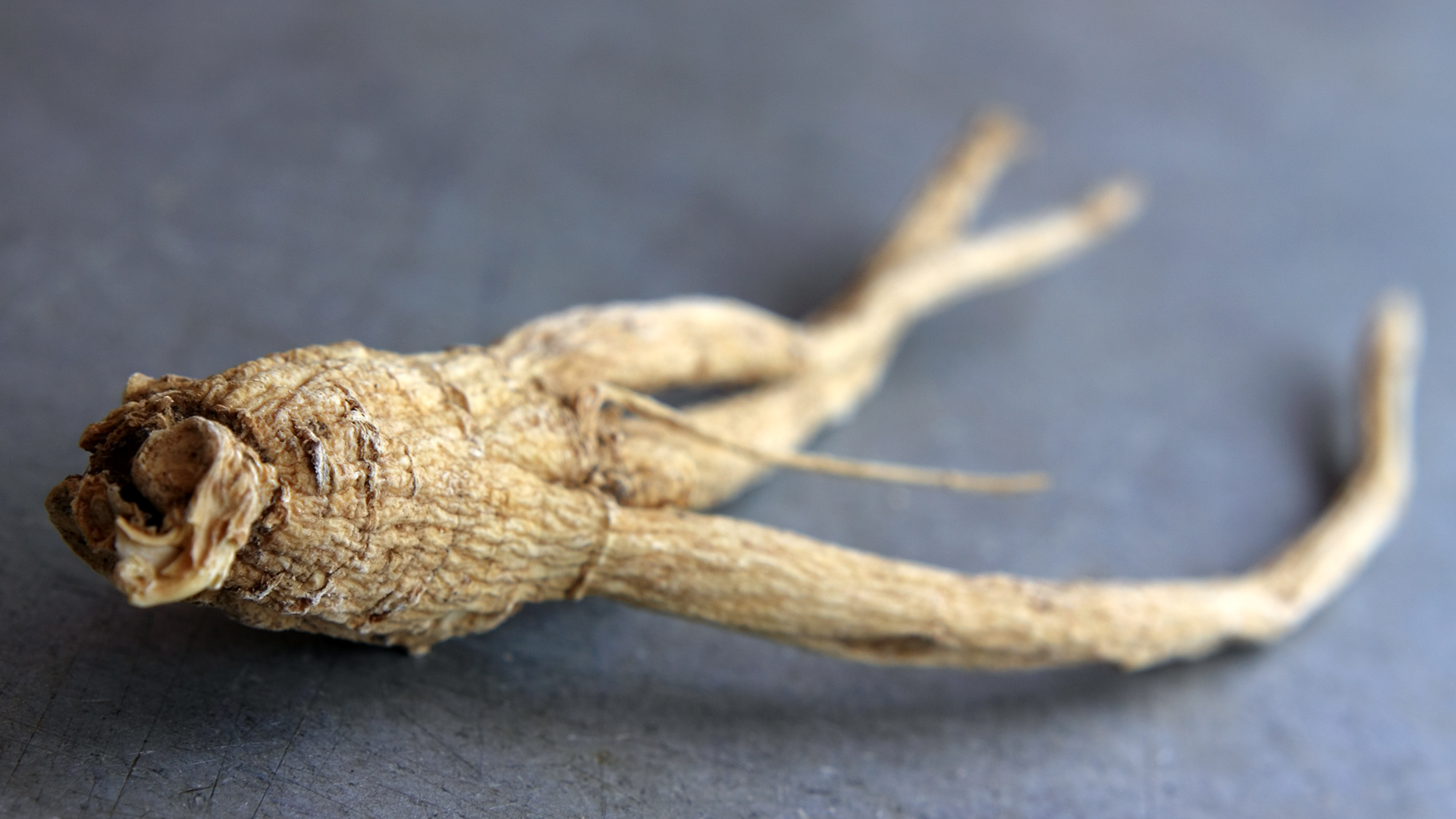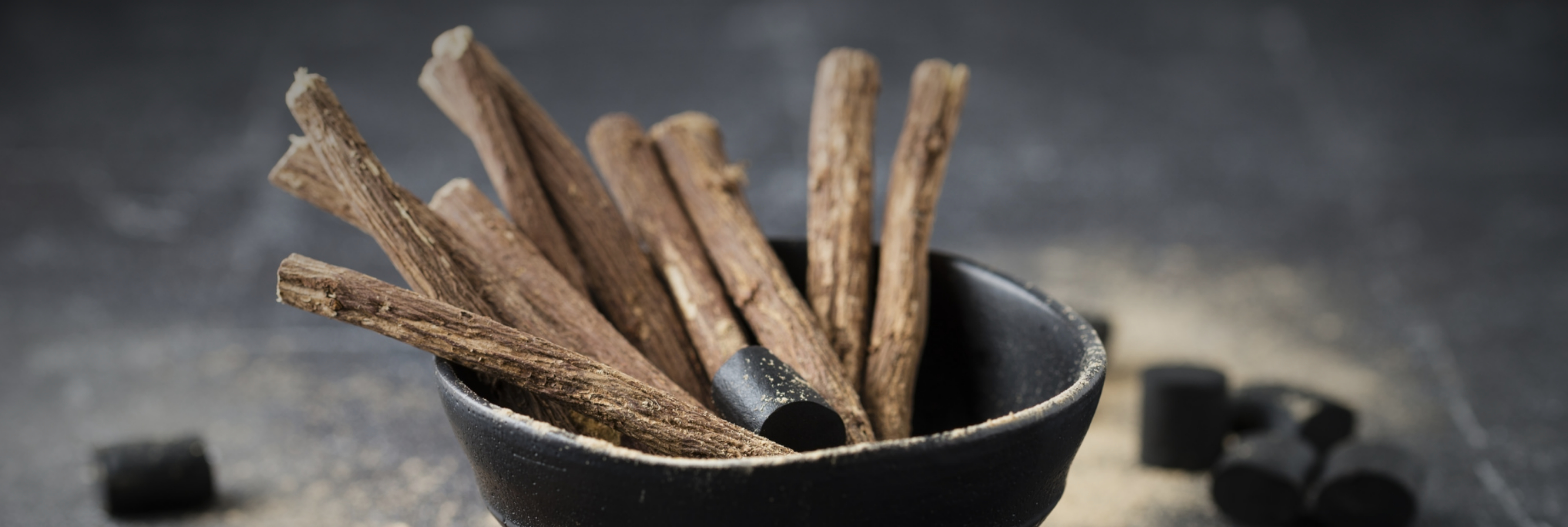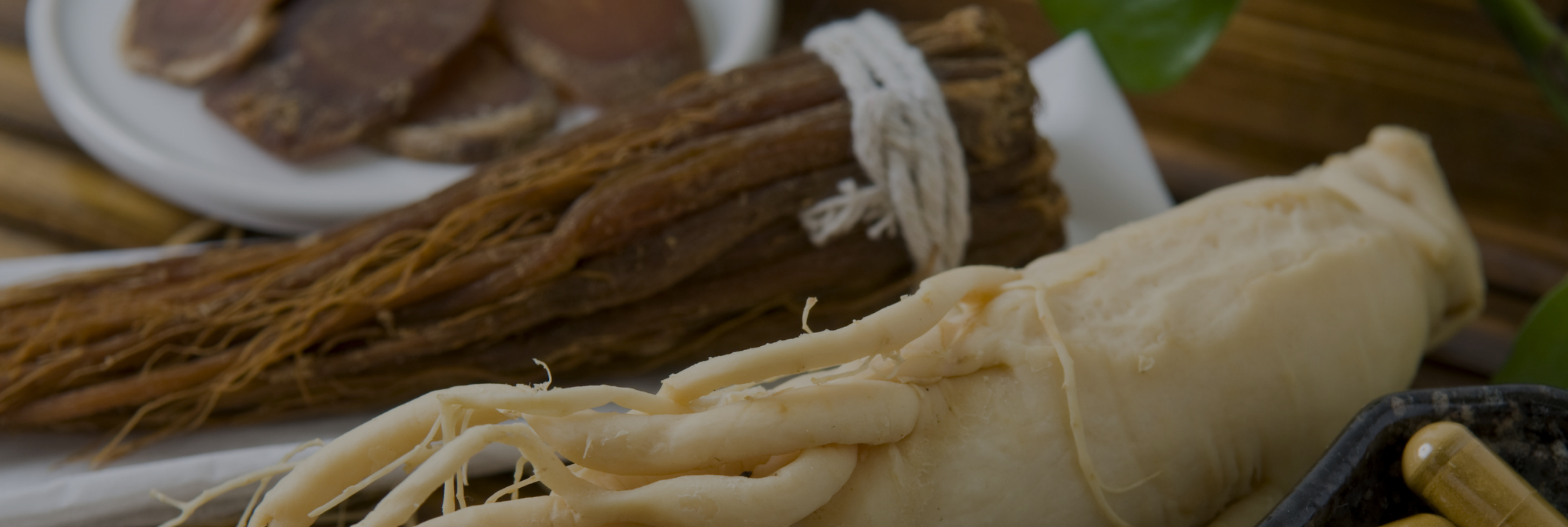Ginseng is a medicinal plant which has been used for its benefits for thousands of years. Nowadays, it is used in various nutraceutical and food products. Food supplement, flavored tea, energy drink… possibilities of uses do not lack. For the development of these products, there are many ginseng extracts available on the market. How to choose? Let’s have a look on quality criteria to study when choosing a ginseng extract.
Which is the ginseng specie?
Firstly, when choosing a ginseng extract, it is important to watch out the proposed specie. Indeed, it exists on the market what we call true and false ginseng. The true ginseng belongs to the genus Panax whereas the false ginseng does not belong to this genus. In genus Panax, it exists various species whose the most known and studied is Panax ginseng C.A. Meyer native to Asia.
>> Find out more about benefits and properties of organic ginseng
Which part of the plant is used?
On the market, it is possible to find Panax ginseng C.A. Meyer extracts produced from aerial or underground parts of the plant. At this stage, it is important to remind that active ingredients of ginseng belong to ginsenosides family. Nevertheless, all ginsenosides have not the same characteristics and benefits. Ginsenosides from roots and rootlets should be preferentially chosen because they have been traditionally used in Chinese medicine for centuries. In addition, they are the most studied by scientists and proved their effectiveness in recent years. If smaller roots benefit from a greater active ingredients ratio, the choice of Panax ginseng C.A. Meyer extracts depends above all on its use and desired benefits.
White ginseng or red ginseng?
Among extracts of ginseng roots, two main types appear: the white ginseng and the red ginseng. They differ in the method of production. In its natural state, the ginseng root is white. By heating it, the root become red. This step of heating influences several parameters, especially its composition in active ingredients and its properties. In other words, as previously, the choice between white and red ginseng depends on researched active ingredients and benefits.
Which is the content of active ingredients?
The content of ginsenosides is a key point when choosing a ginseng extract. It varies according to several parameters: the specie, the part of the plant used, the age of the plant, the extraction process, the processing steps… For the same extract, it may also differ according to analytical method employed. Indeed, it is known that the dosing by UV spectrophotometry gives higher concentrations than the analysis by HPLC. Natural Origins prefers the second method because it enables a much finer quantitative and qualitative analysis.
Which are quality inspections?
Beyond the active ingredients dosage, further testing must be studied when choosing a ginseng extract. In particular, it is important to care about the presence of contaminants within products. All Natural Origins ginseng batches pass a series of tests in order to ensure their compliance with standards of organic farming defined by the regulation N°834/2007 of European Commission.
Are you looking for a ginseng extract ? Visit our e-platform and get access to our ginseng range!
Sources:
- Xiang Y. Z., Shang H. C., Gao X. M., and Zhang B. L. 2008. A comparison of the ancient use of ginseng in traditional Chinese medicine with modern pharmacological experiments and clinical trials. Phytother Res. 22(7):851-8.
- Nam K.Y. 2005. The comparative understanding between red ginseng and white ginsengs processed ginsengs (Panax ginseng C.A. Meyer). J Ginseng Res. 29:1–18.
- Règlement (CE) n° 834/2007 du Conseil du 28 juin 2007.
Marc Roller, PhD
CEO & Partner Natural Origins - Head of Innovation









Leave a comment